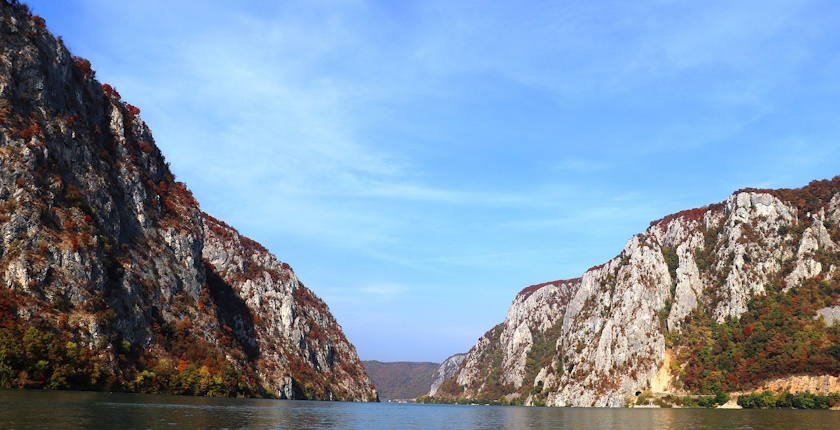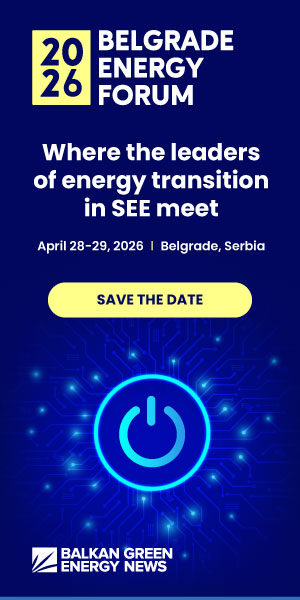
Photo: Mariana Anatoneag from Pixabay
The Turnu Măgurele – Nikopol hydropower plant on the Danube river has been included in the List of Renewable Energy Cross-border Projects (CB RES list) under the European Union’s Connecting Europe Facility for Energy (CEF Energy).
Bulgaria’s power utility National Electricity Company (Natsionalna Elektricheska Kompania EAD – NEK) said its joint project with Romania’s Hidroelectrica for the Turnu Măgurele – Nikopol hydropower complex has successfully passed the evaluation stage.
The 840 MW hydropower project, on hold for decades, was revived back in 2022.
It is one of three projects that won the status required by the European Commission to be put on the CB RES list. The other two are PONTIS (Progressing On reNewable energy Transfer for International Supply in a connected Europe) and BEI – Bornholm Energy Island.
The list has a total of eight projects
The scheme, launched in August 2022 and updated in September 2023, now consists of eight projects.
According to the European Commission, the Turnu Măgurele – Nikopol Hydraulic Structures Assembly would use the hydropower potential of the Danube river while focusing on environmental sustainability, renewable energy generation and meeting community and industrial needs.
The eight projects with the CB RES status are eligible for financial support for studies and works under the CEF Energy Programme. Furthermore, they benefit from higher visibility, increased investor certainty, and stronger support from member states, the commission said.
The proposed hydropower plant is expected to generate 4.4 TWh per year.
According to NEK, the complex envisages two hydropower plants using state-of-the-art technologies and a large reservoir.
Total expected output is 4.4 TWh per year. Romania and Bulgaria would have 420 MW of installed capacity each or 2.2 TWh apiece.
The idea for Romania and Bulgaria’s hydropower project originated back in the 1960s, when the first studies were made.









Be the first one to comment on this article.